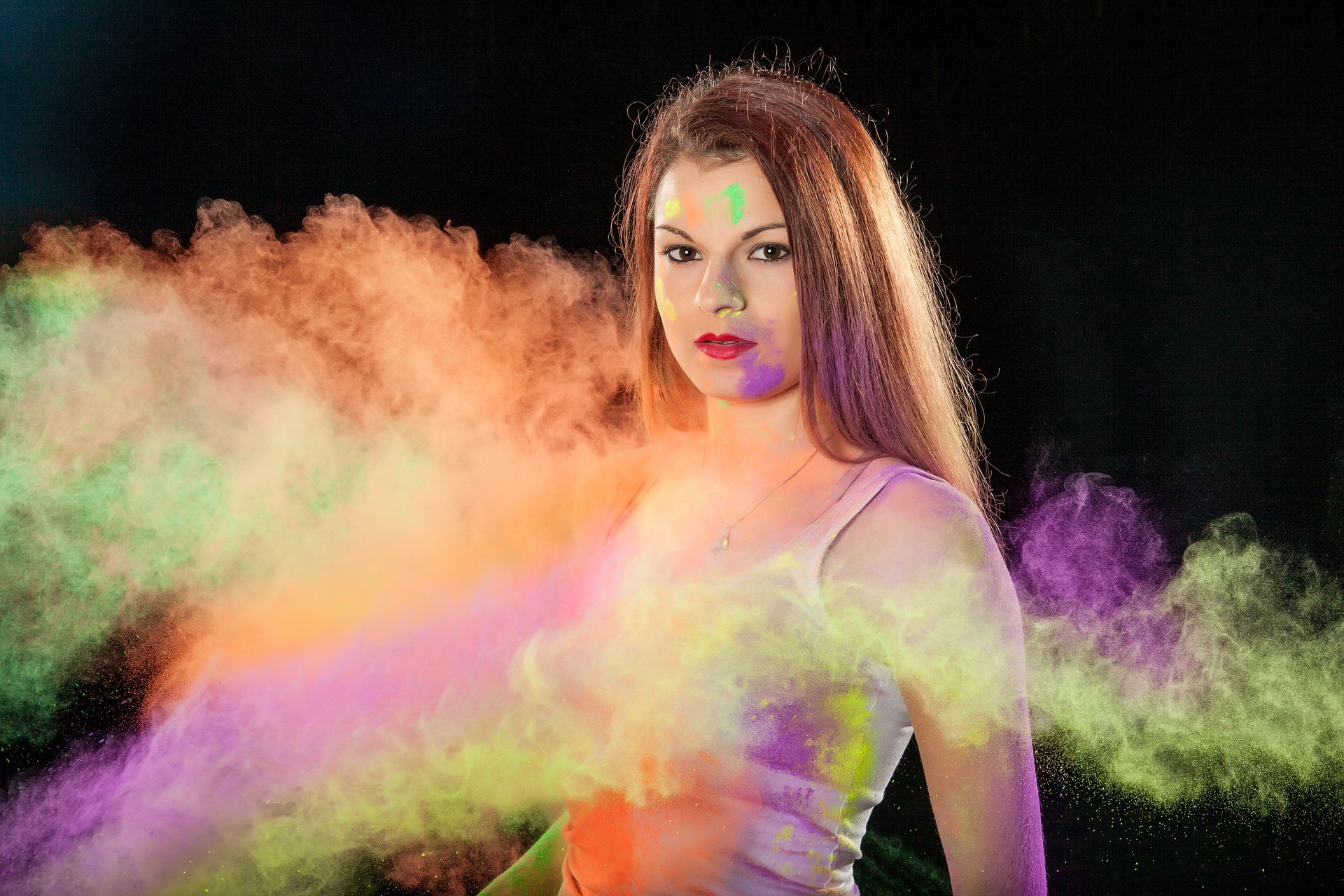Altered states of consciousness, as defined by researchers from Finland – Jung, Buruk and Hamari, is a term that covers dreams, hypnosis, meditation, mystical and transcendental experiences, as well as out-of-body and near-death experiences. The authors’ recent article presents an analysis of existing research regarding such states.
They divide altered states of consciousness into the following categories:
– spontaneously arising (dreams, near-death experiences)
– physically induced (extreme environmental conditions, hunger, diet, sex and orgasm, breathing exercises)
– psychologically induced (various types of hypnosis and meditation)
– caused by illness (coma, epilepsy, psychological disorders)
– arising from the intake of various substances
According to scientists, such experiences often requires years of spiritual practice or the use of psychedelic substances that can be harmful to health. Nowadays, however, we see the advent of technological methods for obtaining similar sensations, primarily—virtual reality.
For example, the VR Lucid Dream emulator allows users to see pseudo lucid dreams without actually sleeping. It is curious that sometimes video games are described as inducing an altered state of consciousness since they differ significantly from the usual waking state, giving players freedom from the space-time constraints of reality.
Which of these states have you experienced?
The article was published in October 2022 in the conference proceedings NordiCHI ’22: Nordic Human-Computer Interaction Conference.
Get all the latest news about lucid dreams via our channels on Telegram, Instagram, Facebook




